
 The City of Arabia will have its own monorail system.
The City of Arabia will have its own monorail system.
With piling and foundations work in full swing, the multi-billion-dollar City of Arabia project is well on schedule to meet the opening deadline of Summer 2008 for its major leisure components and some of its residential towers.
Predominantly Arabic in architecture – complete with traditional wind-towers, the City of Arabia is the biggest development in the 4 billion sq ft Dubailand, featuring 45 projects and offering a wide range of leisure attractions, sporting facilities and cultural entertainment, making it one of the largest combined leisure developments in the world.
“Already we are following a well laid-out construction plan. The foundation work is in progress and come summer, we will be commencing major construction activity. This is a massive development and being fast track, it requires a lot coordination given the large number of subcontractors, workers and various trades on site. For example, at the peak of construction some 16,000 workers are expected to be present on site,” says Anwer Sher, director of City of Arabia.
Based at the heart of Dubailand, the City of Arabia, when completed, will provide 8,200 residential units for around 30,000 people and include one of the largest shopping malls in the world – the Mall of Arabia – and a dinosaur theme park – the Restless Planet. In addition, the project will also include the Wadi Walk area including residential and leisure areas and the Towers, which comprises 30 to 60-storey towers. It will be a complete community with schools, a clinic, a mosque, convenience stores and a full range of urban services.
In 2008, two major entertainment and leisure components of the project – the Mall of Arabia and the Restless Planet – are expected to be completed and as are parts of the Wadi Walk, with the Wadi Residences and some of the high-rise towers.
The Ilyas and Mustafa Galadari Group is the owner and developer of the 20 million sq ft City of Arabia project. The group is in close liaison with the Dubai Tourism Development Company, which as part of Dubai Holding, is managing and coordinating the entire Dubailand project.
Mall of Arabia & hotels
The Mall of Arabia, the biggest component of the project, is planned to be the largest in the region and one of the biggest in the world with over 1,200 retailers around 100 food outlets and a large international hypermarket.
The mall, which is designed on a radial grid with very few straight lines, will provide themed areas or ‘destinations’ to make shopping easier. Those who want to visit luxury shops or the spa, will be guided to a quieter part of the mall, away from the children’s play area, the food courts, the electronic goods and technology stores, the bowling alley or the sports and leisure activities area. In the centre of the mall will be an open area for theatrical or promotional events and exhibitions. The complex will also provide covered parking for more than 10,000 vehicles.
“These destinations or districts within the mall are carefully planned and well-defined areas. It’s not a hotchpotch of stores like one sees in many modern malls and all the districts are marvels in design and planning in their own right, depicting various themes,” he points out.
“Already more than 70 per cent of the space has been leased out and the floor plan has not been altered to accommodate more tenants. Proper seating arrangements will be made for shoppers’ convenience. In fact, this mall would have all the ingredients of success and would become a must-visit destination for visitors and residents alike,” he maintains.
According to the tenant mix plan, the levels one and two will house departmental stores, hypermarket, food and beverage area, a huge gold suq, lifestyle, luxury and fashion district family stores and leisure and entertainment districts including a cineplex.
“With over 10 million sq ft of gross leasable area, water features, a shoppers’ transport system including water taxis to and from Wadi Walk, a landscaped rooftop, three and four-star hotels and its unique Arabic exterior, the mall is designed to become a shopping resort with a difference,” Sher adds.
The hotel at the entrance of the mall is being designed to attract both the tourist as well as the business visitor from the GCC, as it would offer extensive conference facilities. There will be another three-star hotel on the rooftop of the mall.
Another hotel will be situated in one of the 45-storey towers on Emirates Road, while a fourth hotel – a smaller boutique resort with a health spa – will be constructed on an island in the Wadi Walk waterway.
“We are even planning a golf driving range to be the part of mall but this is still at the planning stage and has not been incorporated in the master plan,” he mentions.
Restless Planet
One of the most striking features of the City of Arabia is Restless Planet dinosaur theme-park, which is one of its own kind in the region. “This extraordinary venture was under taken with the aim of combining science and education with a large dose of excitement,” he says.
The team assembled to build Restless Planet is unrivalled anywhere in the world, according to Sher. It is being undertaken in collaboration with the Natural History Museum of London. Renowned theme-park designer Jack Rouse Associates of Cincinatti, has been awarded the design-and-build contract. Also in the consortium is Kokoro of Japan, which manufactures more than 100 animatronic dinosaurs for the Restless Planet.
“From time to time, the Natural History Museum will be bringing new and exciting finds to Dubai, as Restless Planet will be used both as a centre for students interested in palaeontology and as a platform for exhibiting latest dinosaur discoveries. There will also be spectacular displays depicting the birth of Planet Earth and the rides through landscapes filled with large numbers of life-like moving dinosaurs,” he comments.
Wadi Walk
Wadi Walk will feature low-rise apartment blocks, shops, waterfront cafes and restaurants, all set in a cosmopolitan environment. The pastel shaded residential properties, accented with archways and window shutters along a canal featuring ornate lamp posts and convenient seating arrangements, make this an exclusive urban community where people have option of buying spacious one to four-bedroom apartments including some duplex and triplex units.
The Towers
The Towers will comprise a combination of 30, 45 and 60-storey towers. The developers have reserved four 60-storey towers for purely commercial and hotel tenants and 20 45-storey towers have been earmarked for mixed use. There a total of 10 30-storey towers.
“The exact number of apartments will only be determined when the sub-developers of the mixed-use towers establish the ratio between commercial and residential accommodation in their buildings. Right now, the 30-storey towers – with three floors of parking at the base – will all be for residential use, while the 45-storey towers will be for mixed use, and 60-storey towers will be exclusively commercial. However each tower will be governed by a maximum residential density,” he points out.
In stark contrast to Wadi Walk, the Towers will create a new skyline for Dubailand.
“With dramatic glass and aluminium facades, these towers will complement and enhance the appeal of the entire project. The towers offer both commercial and residential units, which make them perfect for individual or corporate investment. We have gone to lengths to plan the distance between the towers. It is not a concrete jungle rising from flat ground but it’s a meticulous plan that lays out where each tower should be situated. There is enough space between buildings to easily squeeze another one in between but we have not done it as we wanted to keep the beauty of original plan intact and give the residents some breathing space,” Sher explains.
Transportation
To cope with the heavy traffic that a community with 30,000 residents, as well as the visitors to the City can create, the master plan provides ample space to develop an infrastructure, which can cope with increased traffic volumes.
“The inner roads have four lanes which are 32 m wide – as wide as Dubai’s Sheikh Zayed Road which has the capacity to accommodate 3,000 trips per hour. We have thought about every eventuality and do not want this spectacular project to fail on account of inadequate infrastructure,” he adds.
The community will have its own monorail system as well, which will service the whole City of Arabia through 14 air-conditioned stations. Three stations would be allocated in the mall alone to accommodate the rush of visitors.
“This probably is the only community with its own rail system. We know some consider it an additional fixed cost as this system comes with a price tag of $12 to 15 million per km and we have planned 12 km of track in the first phase. However, this is necessary for the sustainability of the project. We are even willing to extend the network to other communities if they incur the cost at their end,” he points out.







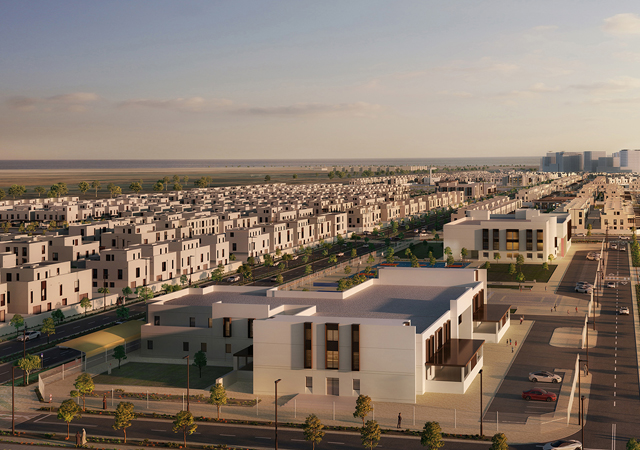

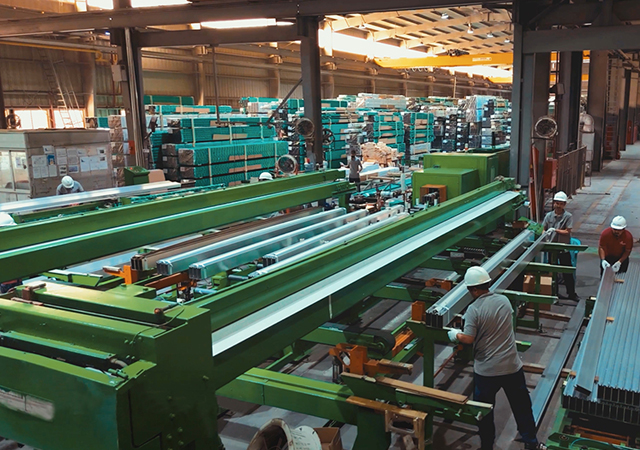



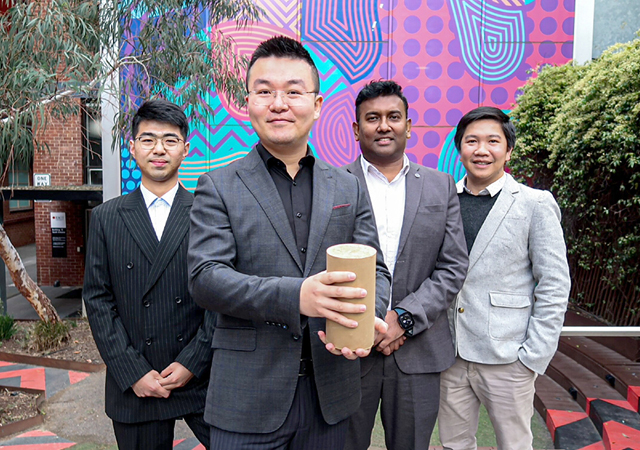



.jpg)


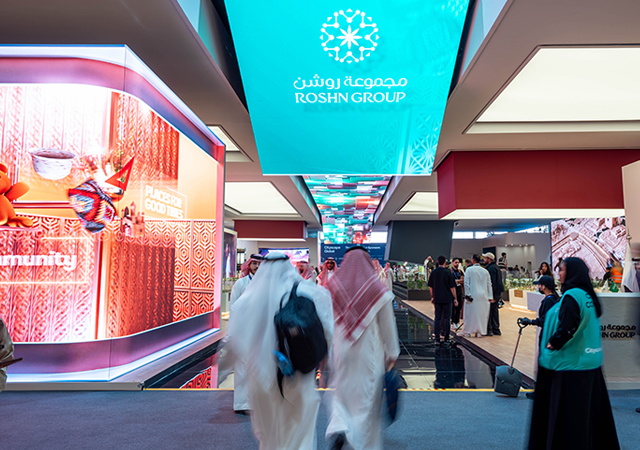








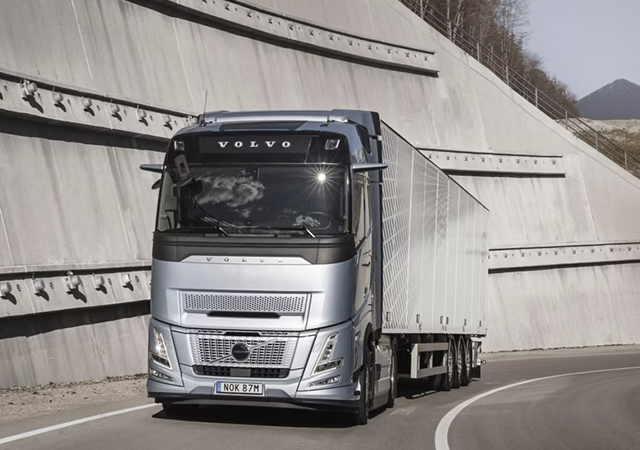

 (1).jpg)








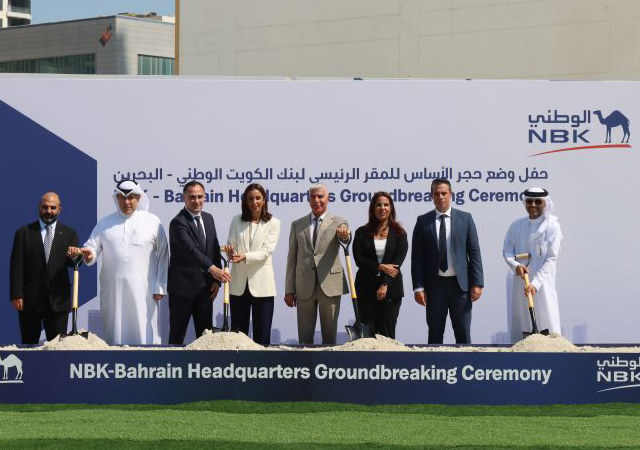




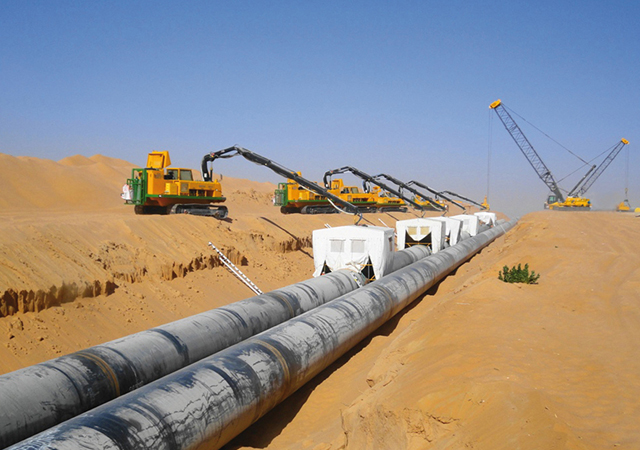





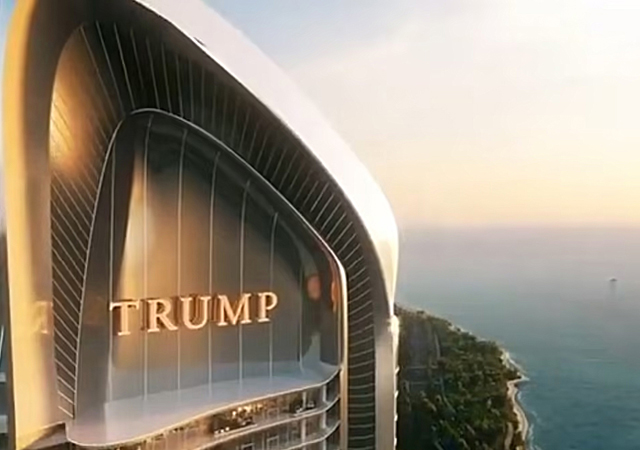

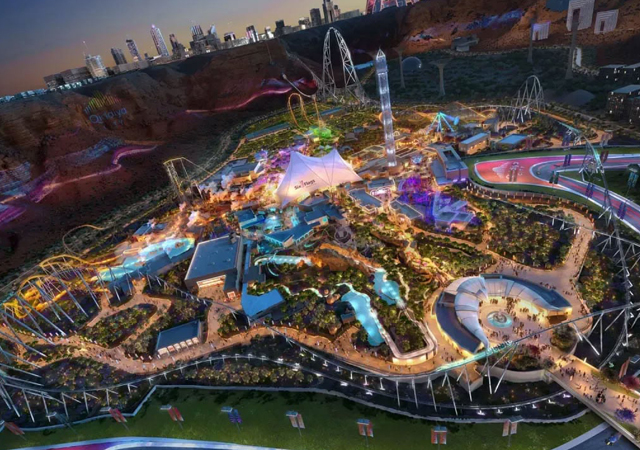













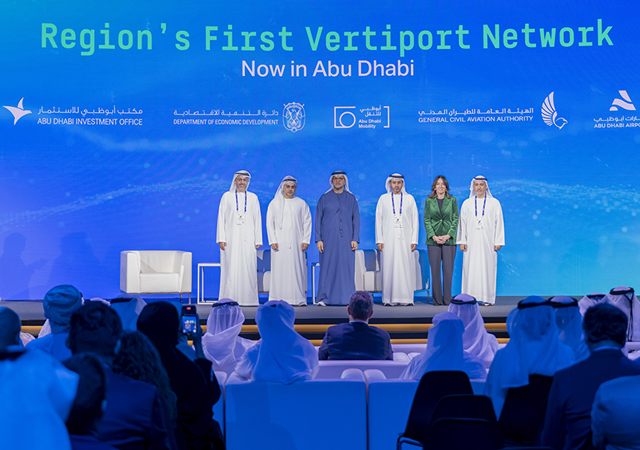



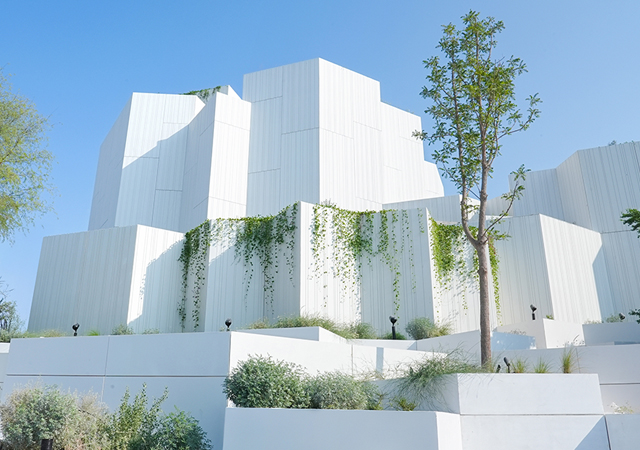
























.jpg)